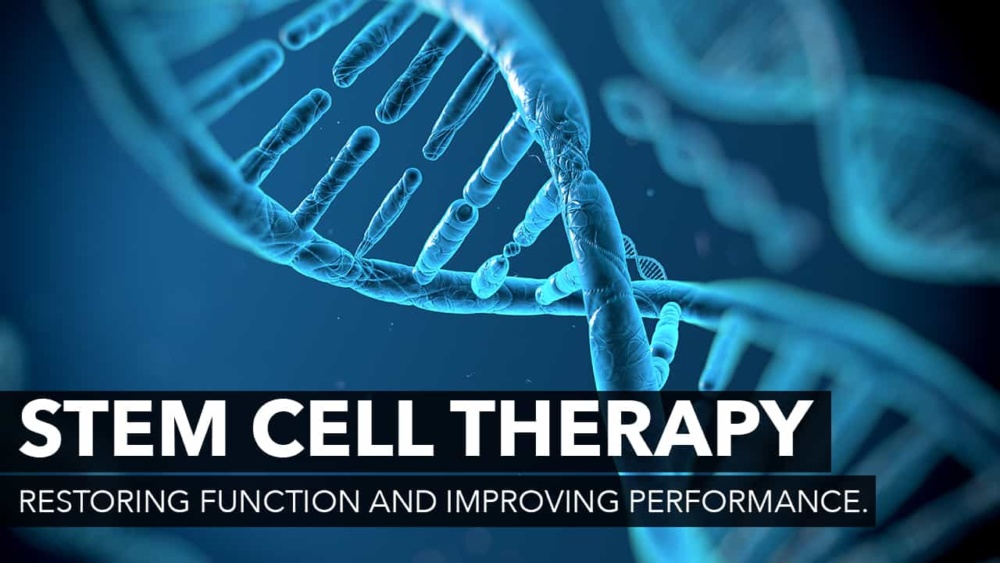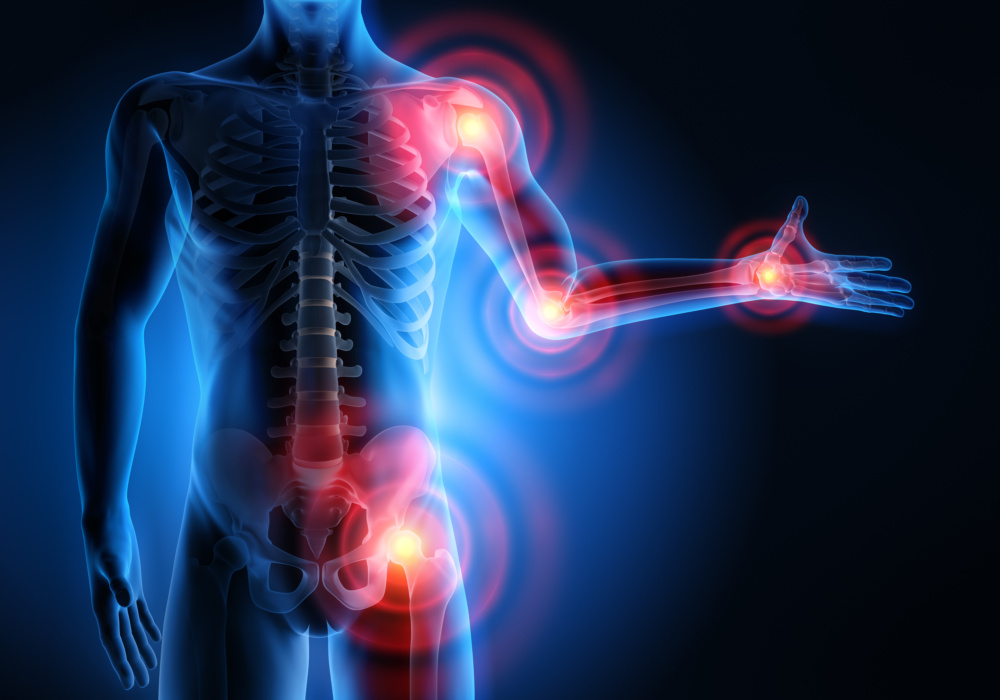SASpine is now offering cutting edge Stem Cell Treatments to patients. For the past several years Dr. Steven Cyr, Mayo Clinic Trained Spine Surgeon, has been researching the benefits of stem cells in the treatment of multiple medical conditions including spinal disorders, specifically, conditions which involve spinal cord injury, degenerative disc disease, herniated discs, and as a supplement to enhance the success of Spinal fusions when treating instability, deformity, and fractures of the spine.
Multiple options exist for harvesting stem cells. Embryonic stem cells which are obtained from fetal tissue have not been used routinely due to the ethical concerns of using fetal tissues. Other alternatives include aspirating bone marrow, adipose tissue, or blood from a patient, centrifuging the specimen and injecting the stem cells into areas of injury. The most significant limitation with these products is the volume of stem cells that are able to be acquired, particularly in the blood and bone marrow of an aging patient, as stem cell volume decreases with age. Another option is to obtain allograft stem cells and growth factors from adult donor tissues from cord blood or the amnion/placenta. These adult stem cells have multiple benefits including growth factors, proteins, anti-inflammatory properties, and thus, significant regenerative potential. Multiple studies have evaluated the amount of stem cells present in a solution of cord blood or amnion and have noted growth factors, cytokines, and even active stem cells in the millions that may yield dramatically improved results when injected into arthritic or torn disks, along with bone graft during fusions, and into damaged or arthritic joints. The science of stem cell therapy is in its youth and much research has yet to be done to optimize the volume and efficacy of stem cell therapies with our current FDA limitations in the USA.

That said, there are multiple studies that have shown improved success rates in the treatment of spinal and joint disorders. Researchers at the Mayo Clinic reported degeneration of spinal discs either decelerated or stopped when injected with stem cells (Wang et al Gene 2015). For years, SASpine’s Dr. Steven Cyr has been treating patients at SASpine using growth factors and stem cells contained in amniotic tissue and bone marrow aspirate to provide a potential for improved success with fusion procedures, when treating herniated discs, and for arthritic or damaged joints, with remarkable success.
“The goal of any medical intervention is to yield improved outcomes with the ideal result of returning a patient to normal function, when possible.“ Science is constantly evolving and the pursuit of less invasive alternatives that yield equal or improved outcomes to more invasive options is never-ending. There are times when only a structural solution can solve problems related to spinal disorders, but even in that scenario, the use of stem cells or growth factors derived from stem cell products can possibly improve the success of surgical procedures. Ideally, one day we will inject stem cells into the discs or into the joints and see significant regeneration of tissue that eliminates the need for surgical intervention. Currently, we can still benefit from the regenerative properties provided by using these products. “I have patients previously unable to jog or run return to normal function and athletic ability after injections of growth factors and stem cell products into the knee joints, hip joints, and shoulder joints. This includes high-level athletes, professional dancers, and the average weekend warrior.”
Regarding spinal intervention, after disc herniation the recurrent disc herniation rate averages between 5% and 25%. However, since I begin using growth factors to treat torn discs, I have seen a dramatic decrease in the number of patients who return with recurrent disc herniations or increasing back pain, a common result after suffering a disc herniation. In fact, studies evaluating discs injected with stem cells have shown improvement in both the height and appearance of the degenerated disks (Sakai et al Spine 2005). Additionally, I believe there is a valid benefit in using growth factors and stem cells from amniotic tissue, adipose, and cord blood, to treat patients with multiple spinal conditions that include improving the success rates of spinal fusions. Research has proven osteopromotive factors (cells that promote bone formation) are present in amniotic tissue. I have seen remarkable success in the implementation of these technologies. I have even had patients who came to me with chronically damaged nerves that failed to improve after surgical decompression, multiple injections, or spinal cord stimulation, only to see a dramatic resolution of their symptoms after using these growth factors to treat what appeared to be permanently damaged nerves. In some cases, the nerve pain completely resolved and never returned.
There may be promise in treating patients with spinal cord injury as well. SASpine CEO, LeAnn Cyr, states, “There are reports of patients gaining significant neurological improvement after being treated with stem cells.” Dr. Cyr continues, “Most patients with spinal cord injuries resulting from trauma also have mechanical pressure on the nerves that result either from bone fragments or disc material compressing the spinal cord that needs to be removed along with surgical stabilization of the spinal bones. There’s significant potential that stem cells bring to the equation when treating these types of patients. Further studies need to be completed to determine the true efficacy and a treatment algorithm to ensure maximum improvement for each specific condition, but I am excited about the potential that these products offer to the host of treatments to address spinal conditions and arthritic joints.”
For more information about SASpine’s Stem Cell Treatment Program, visit www.saspine.com or call (210) 487-7463 in San Antonio or (832) 919-7990 in Houston.
Related Links
www.facebook.com/saspine
www.instagram.com/surgical.associates.in.spine







Recent Comments